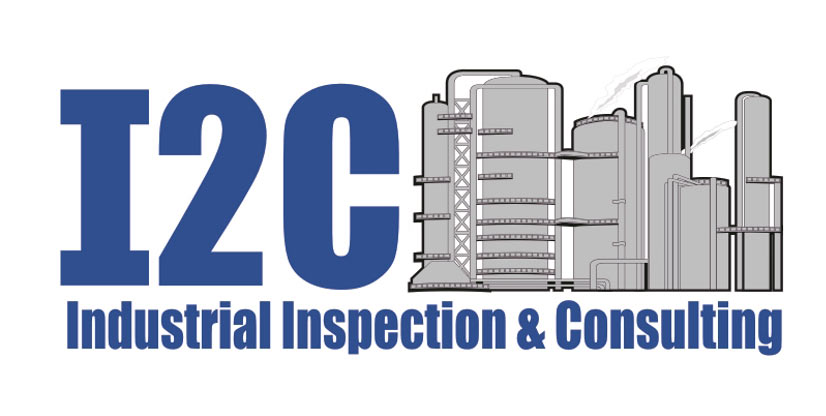Material and equipment failures annually cost industry billions of dollars. The unfortunate loss and injury to life, the loss of production due to unscheduled work stoppages, the replacement costs, environmental damage and possible legal implications are just some of the repercussions of a failure. A metallurgical failure analysis is an essential step in decreasing the possibility of a recurrence of the same type of failure and helps minimize the associated costs.
Failure in an engineering sense, is a condition that prohibits a part to function, as intended. Failures often occur because a single or progressively applied load was greater than what the part could withstand or the environment was harsher than what material was designed or a combination of the two. The purpose of a failure analysis is to determine what caused the failure.
All failures leave evidence. Failure analysis is the process finding the evidence that indicates the specific cause of failure. Various tasks inspections, tests, and examinations are performed in order to collect the evidence, such as, but not limited to:
- Review of design parameters
- Visual examination
- Dimensional Inspection
- In-situ replication
- Nondestructive testing such as liquid penetrant examination, magnetic particle inspection, ultrasonic examination
- Stereomicroscopy
- Scanning electron microscopy
- X-ray diffraction
- Energy-dispersive X-ray spectroscopy
- Metallography
- Mechanical property testing such as tensile testing, bend tests, impact testing, hardness testing
- Chemical analysis
- Accelerated corrosion testing including testing for presence of microbiological contaminants
Test results alone do not constitute a failure analysis. It is not only the responsibility of a failure analyst to find evidence, but come to definitive conclusions as to the cause of failure. A thorough analysis should also include a discussion so that the reader understands all aspects of the findings and conclusions.
I2C’S APPROACH TO FAILURE ANALYSIS
I2C does not operate a laboratory. Testing technologies are constantly improving. It is difficult for any one commercial laboratory to always have the most up-to-date equipment and industry specific expertise. I2C failure analysts have working arrangement with numerous nationally recognized laboratories which gives us access to the latest equipment and appropriate expertise. This helps to control costs since I2C’s hourly rate for failure analysis/engineering is considerably less than rates charged by laboratories for their failure analysis. In addition to reduced engineering rates, by having numerous laboratories to choose from, I2C can select the one that offers the fastest turnaround time.
The field of metallurgy is enormous. There are literally thousands of engineering materials used in different industries and each metal and alloy group is susceptible to a variety of different failure modes specific to different service and operation conditions. These variables make it virtually impossible for any individual metallurgist or failure analyst to be an expert in them all. It just isn’t possible. This is why you should choose a failure analyst with not only the appropriate experiences and knowledge, but one that has access to a network of other experts.
Our direct experiences and associations with leading experts is your gateway to a successful resolution of your problem. I2C’s failure analysts have an average of 25 years of metallurgical and failure analysis experience in numerous industries, including oil and gas exploration, chemical, refining, transportation, nuclear, aerospace, avionic, and infrastructure. We have worked with leading experts in a variety of disciplines. If we do not know the answer, we know someone who does.
Not all of our clients are versed in metallurgy. We can be as technical as necessary; however, I2C believes that it is preferable that test results, conclusions, and discussion be presented in a well-written, well-formatted, and well-documented report that is easily understood by a non-metallurgist but yet still be useful in remedial action and be legally defensible.
Sometimes things go wrong. Failure analysis is the first step in making sure they do not go wrong again. Our experience and associations coupled with our realistic and pragmatic approach provide easily understood and definitive answers to difficult questions.
MATERIAL EVALUATION AND FAILURE ANALYSIS COMPLIMENT I2C’S MECHANICAL INTEGRITY INSPECTION PROGRAMS
Systems are routinely inspected to assure components are still within their design parameters and/or to monitor previously detected service-related deterioration. Periodic inspections include visual inspection, dimensional inspection, liquid penetrant examination, magnetic particle examination, ultrasonic testing, positive material identification and hardness testing. I2C performed these tests in accordance with applicable specifications by certified technicians. Results are reviewed and reported by mechanical and/or metallurgical engineers.
Deteriorated and/or failed components are often found during the periodic inspections which of course is why systems are inspected in the first place. Not only does I2C strongly recommend that analysis of failed components be performed to mitigate potential repercussions, we further recommend that specialized metallurgical testing be performed to evaluate areas of concern, particularly those that have been exposed high temperature/high pressure service since short and long term exposure to high temperatures, with or without pressure and/or stress, causes multiple types of damage that can lead to catastrophic failure. Some modes of high temperature failures are creep, thermal fatigue, flame impingement, embrittlement, carburization, decarburization, hydrogen damage, thermal shock, high temperature corrosion, and liquid metal embrittlement. Early detection of dangerous conditions that cannot be detected by visual examination alone can avoid catastrophic failures.
Although it is desirable, it is not always practical to cut samples from potentially damaged equipment for detailed laboratory examinations. Fortunately, I2C can nondestructively inspect exposed surfaces of the vessel/piping for possible high temperature damage by replication. Results can be provided almost immediately after testing/examination. Our portable digital microscope allows for real-time and in-depth microstructural analysis by our experienced metallurgists as opposed to traditional film replication that requires laboratory support.
I2C personnel are experienced in assessing materials exposed to higher than design temperatures. Assessments are performed in accordance with API 579, Part 11. I2C has the tools and experience to determine if any metallurgical or mechanical property changes have occurred, and if so how they affect the equipment’s expected service life.
